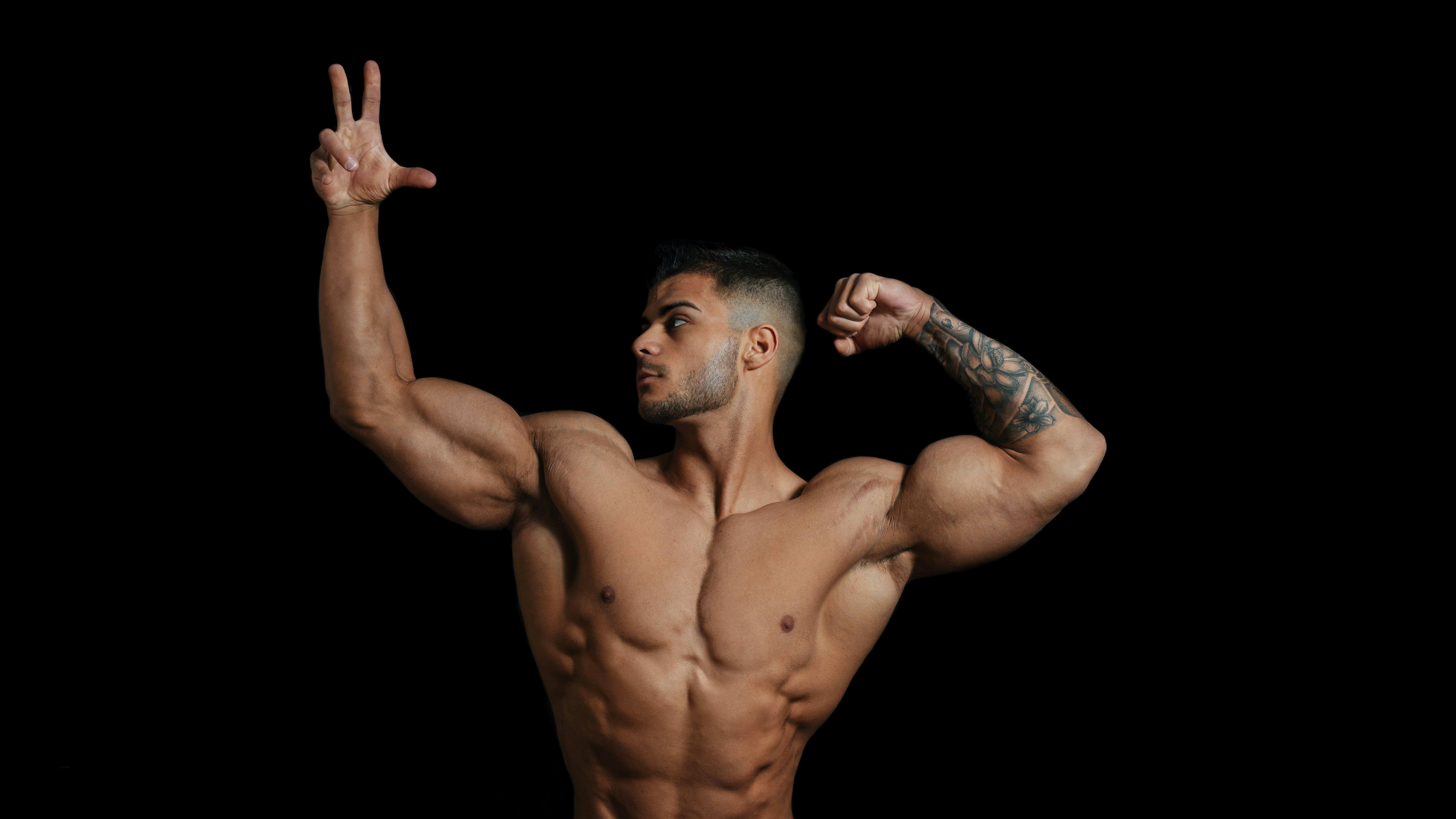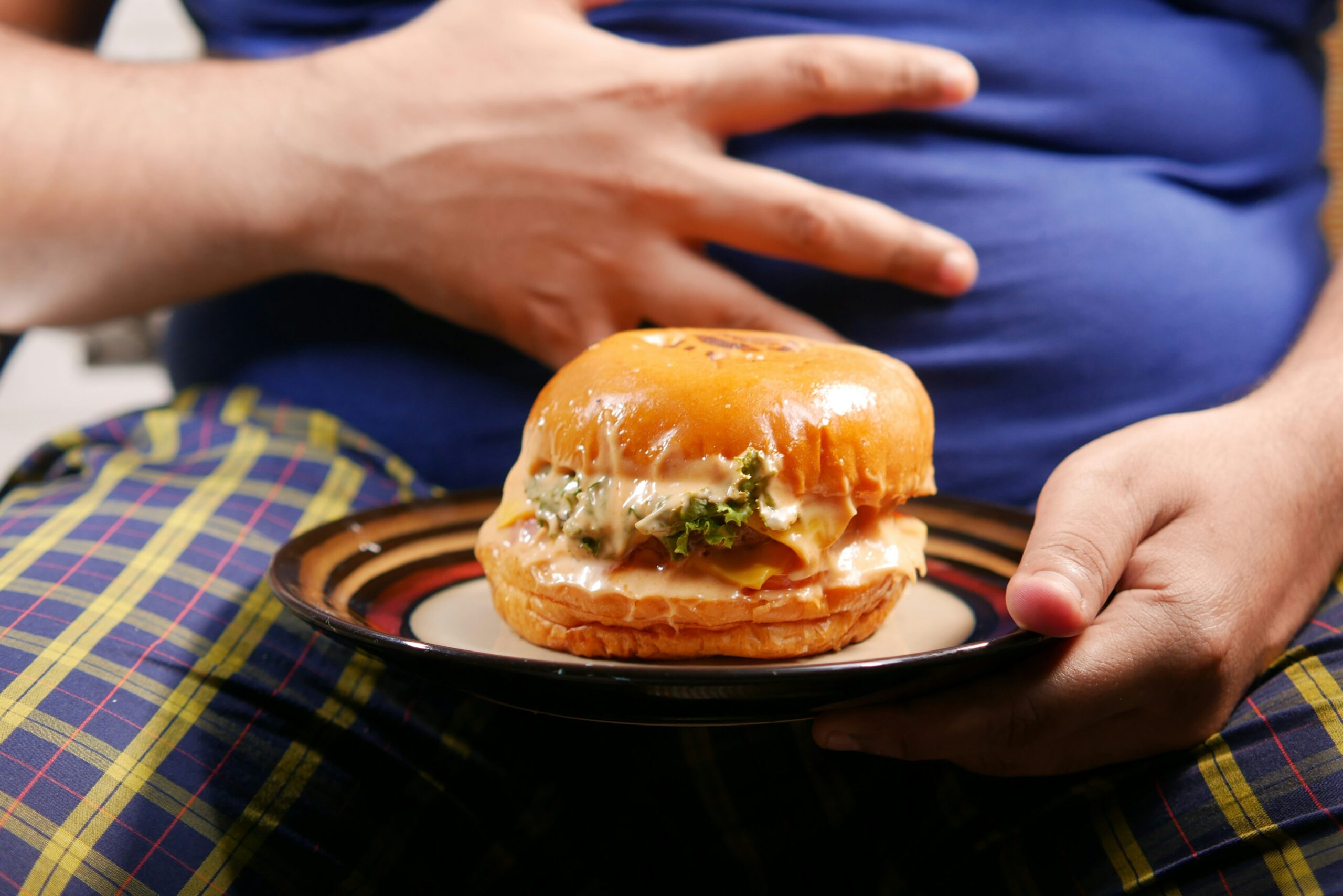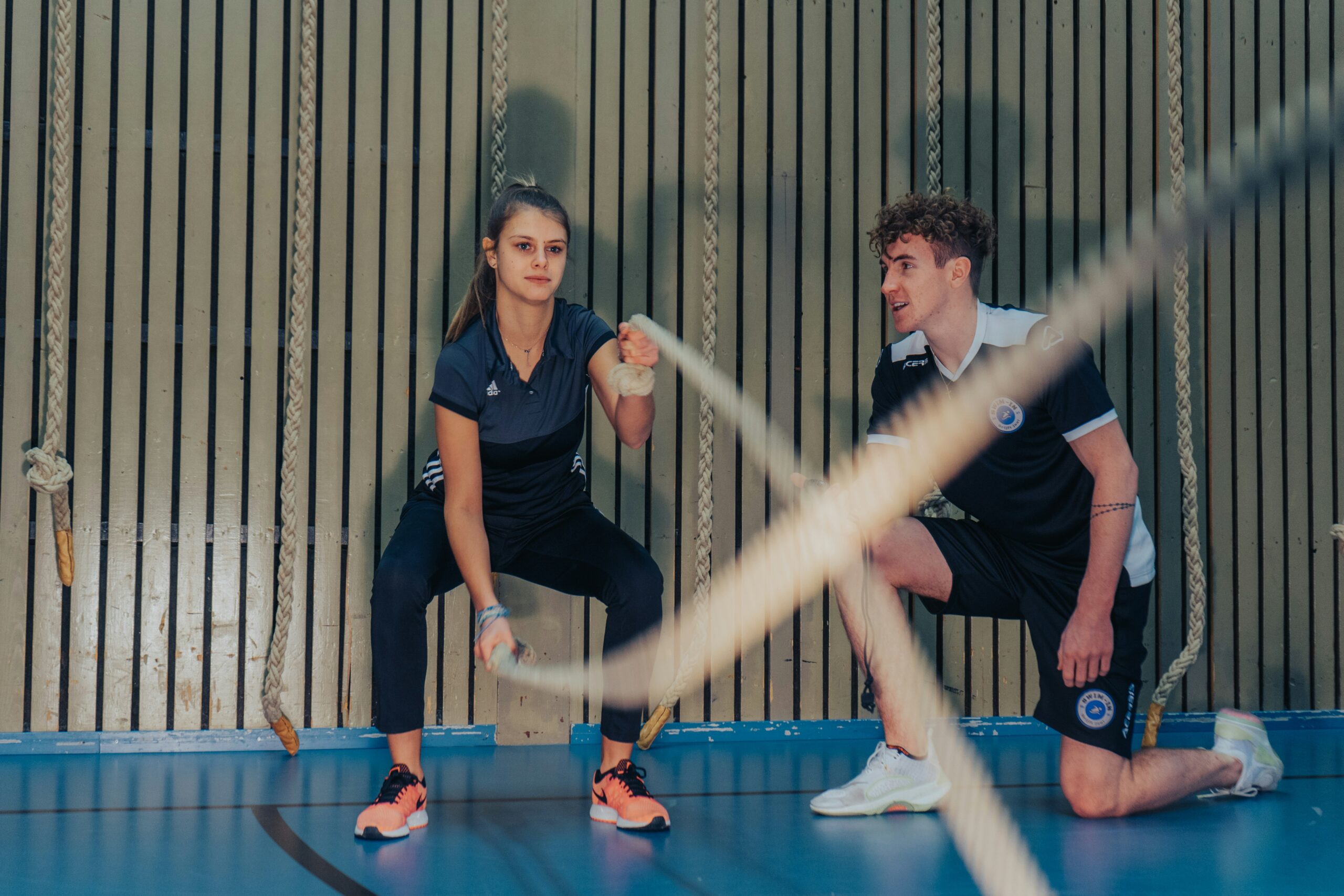Should I Bulk or Cut?

Photo by Norbert Buduczki on Unsplash
Not sure if you should start by cutting or bulking? This article breaks down the basics, but if you already know you want to lose fat, jump to our “How Fast Should I Cut?” article here. Or if you’re certain about gaining muscle, check out “How Fast Should I Bulk?” here. Otherwise, read on to see which approach best fits you now!
Figuring out whether you should bulk (eat in a calorie surplus) or cut (eat in a calorie deficit) is a bit like choosing the best path for your current situation and goals. Some people come to the gym wanting that “ripped” look, while others feel they’re too skinny and want more muscle mass. The truth is, there’s no one-size-fits-all answer: it depends on your body composition, experience level, and personal preferences. Below, we’ll dive into some guidelines to help you make the right call—and we’ll also share how a simple meal-logging approach (like FoodEye) can keep you on track.
Evaluating Your Current Body Fat
A common rule of thumb is to check your body fat percentage. If you’re a man hovering around or above 15–20% body fat (or a woman above 25–30%), you might see better results starting with a cut[1]. Shedding some of that extra body fat first can make any muscle you already have more visible and set you up for a more effective bulking phase later. Conversely, if you’re already relatively lean (around 10–15% for men) but feel you lack muscle mass, a measured bulk could help you build the physique you’re after.
Of course, these figures aren’t absolute rules. Your true body composition can depend on muscle mass distribution, genetic factors, and even how you measure body fat. Still, these targets are good ballpark numbers to help you decide where to focus first.
Muscle Mass and Training Experience
If you’re brand new to strength training, there’s a decent chance you can build muscle while losing fat—often referred to as body recomposition. This is more common for beginners who might have enough stored body fat to fuel muscle growth even in a deficit[1]. In that “skinny-fat” scenario, it often makes sense to start with a slight cut, keep protein high, and focus on progressive strength training.
More advanced lifters, however, typically do better with dedicated phases. If you’ve been training for years, trying to hover in a perpetual recomposition mode might yield slow or minimal progress. Instead, pick a goal—cut or bulk—and commit to it for a few months at a time.
Psychology and Lifestyle

Photo by Towfiqu barbhuiya on Unsplash
Another big factor is how you feel about food and body image. If you’re the type who dreads seeing any extra fat in the mirror, a bulk might be mentally tough, even if it’s the “textbook” best move for your physique. Likewise, if you loathe feeling hungry, a cut might wear you down quickly. Choose a phase you can realistically stick to—adherence is the real key here[1]. You might even try a short trial period (say two months) of one approach and see how your body responds.
How FoodEye Can Help
No matter which path you choose, consistent tracking of what you eat and how your body changes is crucial. That’s where a simple, low-friction approach like FoodEye comes in:
- Easy Meal Logs: Snap a photo or jot down a quick note—no endless scrolling through databases.
- Practical Insights: After a few weeks, you’ll see patterns in your meals and how they correlate with changes in body weight or measurements.
- Minimal Stress: If you’re bulking, you’ll see if you’re actually eating enough. If you’re cutting, it’ll help you spot extra calories sneaking in from snacks or portion sizes.
Tracking doesn’t have to be cumbersome. Light, consistent logging can help you stay mindful and steer your plan—cut or bulk—where you want it to go.
Expert Opinions and Health Considerations

Photo by Rinke Dohmen on Unsplash
Most fitness experts agree you’ll likely go through multiple cycles of cutting and bulking over your fitness journey[1]. If you choose to bulk, try not to let your body fat climb too high—over 20% for men, for example—since that can affect hormones like testosterone and insulin sensitivity. If you’re starting out heavier, improving your metabolic health with a cut can make future bulks more effective.
Pay attention to how your body responds: Are your energy levels tanking? Are you seeing consistent strength gains? Use objective measures like progress photos, waist circumference, or how your clothes fit. Then, pivot if necessary.
Final Thoughts
Ultimately, whether to bulk or cut depends on your starting point and long-term goals. Assess your body fat, training experience, and personal tolerance for each phase’s mental and physical demands. And remember, you can always switch gears after a few months. The key is consistent effort in the gym and a mindful approach to nutrition—two areas where FoodEye can help keep you accountable. So, pick a direction, track your progress, and adjust as you go. That’s how real, lasting results are made.
Note: This post is for informational purposes only and does not constitute medical or nutritional advice. Always consult a qualified professional for personalized guidance.

Comments
2 responses to “Should I Bulk or Cut?”
[…] quite decided whether to cut or bulk, you may want to check out “Should I Bulk or Cut?” here. Or if your mind is set on gaining muscle soon, see our “How Fast Should I Bulk?” article here. […]
[…] you’re not sure whether to cut or bulk first, read “Should I Bulk or Cut?” here. Already set on losing fat? Head over to “How Fast Should I Cut?” here. Ready to dive into […]